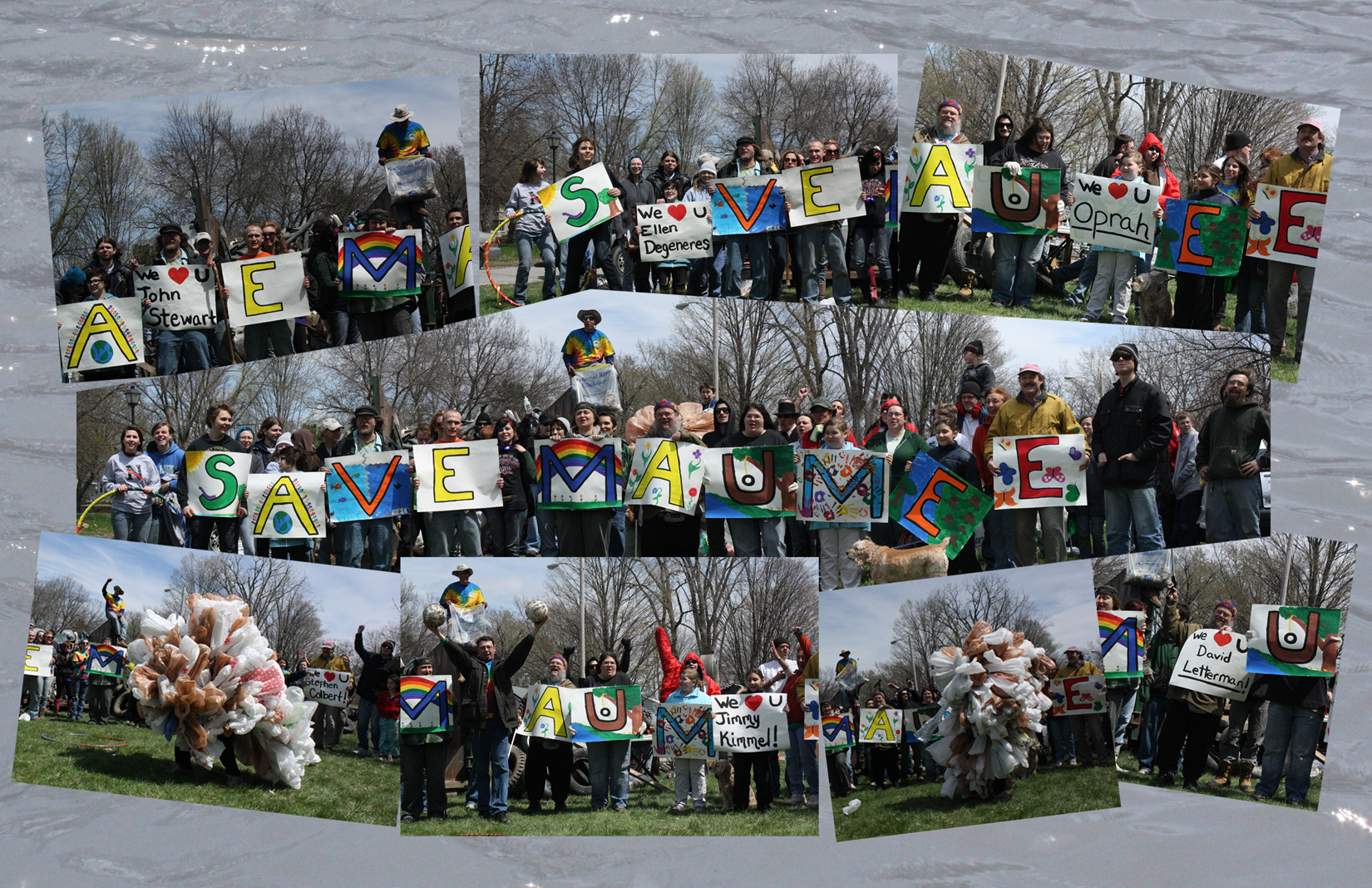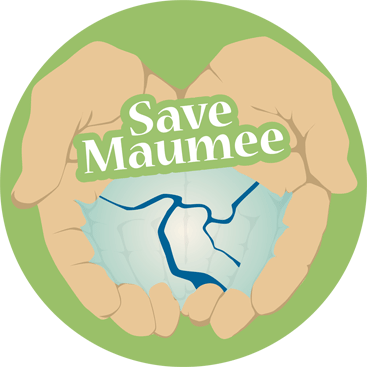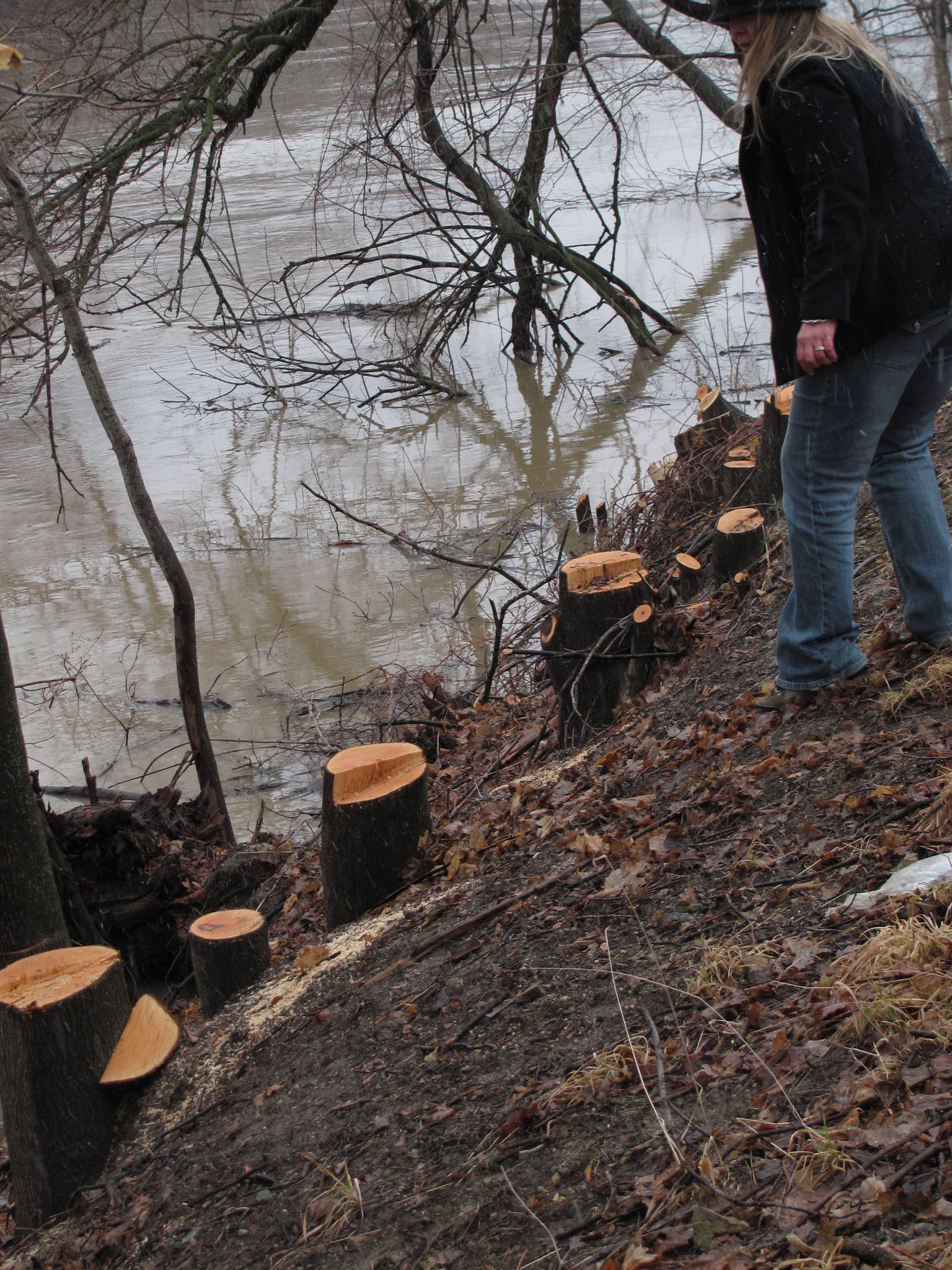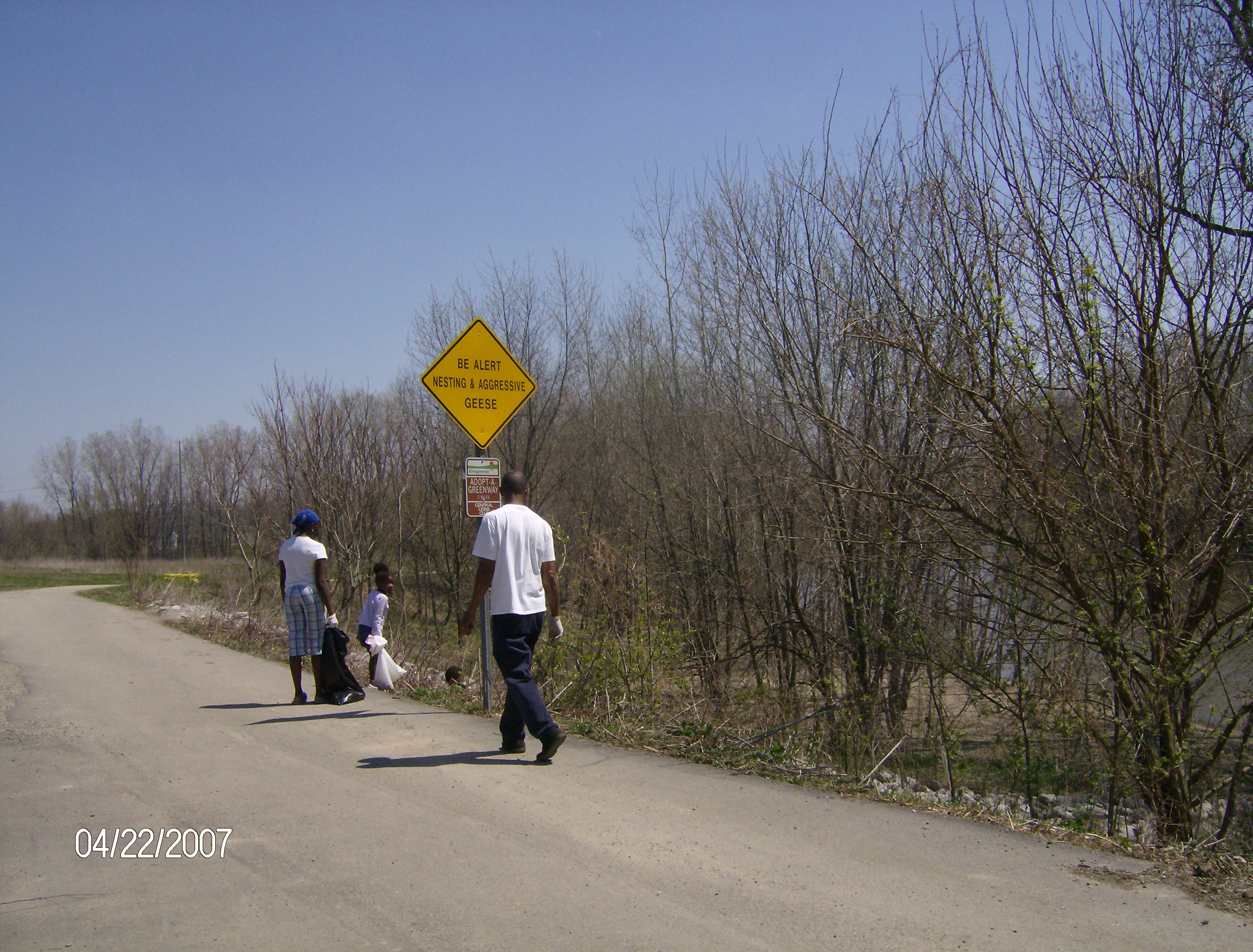It is ludicrous to the way that our rivers are treated. I must speak my mind today because enforcement should be on every voters lips. The most recent issue is the Maplecrest road extension to new SR 24 and related erosion problems.
I was sent an email August 9th by a fisherman that had stumbled upon the Maplecrest bridge project. He told me that he was angered by the construction workers at the site and their littering along the banks. He felt concerned they were not cleaning up their trash. Here is the video he sent me… http://www.youtube.com/watch?v=pHIGTQMeHyE
Upon viewing the footage, I noticed not the trash, but the EROSION! Our approximate 200ft wide river was reduced to a trickle of its former Maumee girth. It appeared that the construction company had no erosion control techniques in place thus causing accelerated erosion. Construction permits must include erosion control techniques ESPECIALLY when building on a floodplain! So I took the next step and contacted the Allen County Soil and Water Conservation District (SWCD) and requested an inspection for the site.
SWCD came to the site, reporting there were zero erosion control techniques in place and then approached the Allen County Council with findings. County Council are in charge of the coffer that is responsible for the building the road and the hiring of the construction contractors. Allen County Council’s Nelson Peters (hearsay) said that we have larger issues than a little soil in the water. Nothing happened with the erosion. I repeated this information to Mitch Harper to see if he could speak to the County Council. I was told that I was repeating hearsay. [From the Soil and Water Conservation District…?]
I filed a complaint with IDEM on August 19. I was told that it could take their department between 30-60 days to have one of their inspectors go to the site. IDEM is also a government agency that is not allowed to view anything on YouTube. I was assured they would speed up the process, while also mentioning that the IDEM’s department of water was not being funded and she was leaving on vacation for the next week.
This construction company had a variance to build on a floodplain, and must provide erosion control techniques to keep the soil where it belongs, OUT of your rivers squelching life! Now saying this is expensive to remediate and bad timing for an inspection is ignorant. Maplecrest extension bridge is millions over budget and was part of their permits BEFORE they broke ground. This is a floodplain and needs permits to move dirt here. ENFORCE THE LAWS – They are for the health & safety of citizens. IDEM is showing up Sept 28!!!!- here comes IDEM – seven weeks later? When inspected the inspections still failed.- I encourage YOU to ask someone in which one of the boxes were checked that caused a failed inspection. hhhhmmmm, cant?
I was then spurred to write this letter to the editor….that was approved by the Journal Gazette…but never published.
Allen County Commission should be responsible for the actions of the contractors hired to build the Maplecrest extension road and adjacent bridge. Upon inspection of the river areas, there are no erosion control techniques in place (which is part of their building permits). The land is suffocating the stream and all of the wildlife in this area. These facts were brought to the attention of County Commissioner, Nelson Peters, but alas there are more pending issues than a little soil in the water. Part of the problem with our rivers is the fact that even our agents responsible for our natural resources continue to side with big business rather than the interests of the population they represent. Permit parameters are put-in-place for the safety of people. If Allen County continues to turn its back to the rivers and continue to not enforce permits, other areas will follow suit. Stop the erosion NOW County Commission. I have video of the construction of the Maplecrest road extension area and the decimation of the Maumee. Erosion and sediment continue to be the #1 problem with our waterways, be part of the solution. Check it out for yourself:
http://www.youtube.com/watch?v=pHIGTQMeHyE


———————————————————
This is another video the fisherman had uploaded about the litter in the area as well
http://www.youtube.com/user/balex222 – beware – he used the F word at the end of the video, although Save Maumee does not endorse this language, his frustration boiled over.
This is one small example of how our laws are made for protection, but without enforcement why do we spend the money to write and pass legislation? This is common sense….I guess it is just not that common anymore…
Nice song and dance though.
Thoughts?
Published: September 11, 2010 3:00 a.m.
http://www.journalgazette.net/article/20100911/LOCAL/309119972/1002/LOCAL
County told to control dirt
Maplecrest work inspection finds soil entering Maumee
Amanda Iacone | The Journal Gazette
FORT WAYNE Inspectors say the Allen County Highway Department and contractor Primco are not following their plan to prevent soil and sediment from flowing into the Maumee River during construction of the $38 million Maplecrest Road extension.
A report from the Allen County Soil and Water Conservation District, the first line of defense to ensure construction sites meet stormwater regulations, determined that the projects erosion control methods were unsatisfactory in seven out of nine categories during an inspection last week. The inspector found sediment being tracked onto nearby streets and that sediment is entering the Maumee River through roadside ditches.
The site is fully under construction without any working sediment controls in place, the report said.
County officials said they are complying with its erosion control plan, which was approved by the state, but plan to work with the soil and water conservation district to comply with its requirements.
But poor timing affected inspection results, said Kyle Winling, project manager for the highway department.
Contractors are about to begin planting permanent grass seed along the slopes of the new roadbed on the south end of the river and had talked about doing the same on the northern roadbeds. The dirt roadbeds and slopes will lie untouched for the next year as contractors focus on building the bridge across the river, Winling said.
Trucks had also just finished hauling in concrete beams for the bridge and dirt was added on top of a construction path made of small boulders to ensure a smoother surface for the oversized trailers. That dirt will be removed from the rivers edge, he said.
Winling didnt know yet how much it would cost to meet the added requirements. Any additions would come as a change order to the contract with Primco, he said.
Similar changes to the erosion control plan last spring cost between $10,000 to $20,000. But planting temporary grass along the slopes and future roadbeds that stretch through the almost 20-acre construction site could be costly, Winling said.
The county and contractor Primco have until Thursday to correct the problems. The Indiana Department of Environmental Management also plans to inspect the site Sept. 28, said Sharon Partridge-Hall, the construction site inspector for the soil and water conservation district.
Her report and inspection are considered preliminary steps, so the county does not face any fines. IDEM would be responsible for enforcement and investigations if the problems continue, Partridge-Hall said.
Recommended changes include building proper construction entrances and planting temporary and permanent grass seed or mulch. The county is also required to remove piles of dirt lying in ditches that run alongside Indiana 930 near Adams Center Road, where Maplecrest will be extended to. And any temporary roads leading to the river cannot be dirt, the report said.
Any areas that will lie dormant for 15 days must be seeded with temporary grass or mulch to comply with the states rules, she said.
Because the Maplecrest construction will have a direct effect on the river, Partridge-Hall had recommended the county beef up its plan to address stormwater runoff and erosion during an inspection this spring. A different staff member reviewed the countys original erosion control plan, she said.
Any sediment that enters the Maumee eventually flows into the Toledo harbor at the edge of Lake Erie. Dredging the sediment that fills the harbor is a multimillion-dollar problem, Partridge-Hall said.
To reduce that sediment, work sites and farms are required to minimize the effects of rainwater, which washes soil into ditches and then into the river and eventually the harbor.
The county, which oversees and enforces stormwater control plans for private developers, has the opportunity to set the bar with the Maplecrest project, Partridge-Hall said.
aiacone@jg.net
In the above article I read, “Similar changes to the erosion control plan last spring cost between $10,000 to $20,000. But planting temporary grass along the slopes and future roadbeds that stretch through the almost 20-acre construction site could be costly, Winling said.”
This is ridiculous! To even break ground on ANY construction project, one must have the permits in place that tell how the erosion will be dealt with, and then DO IT. Costly WAS INCLUDED on the price of our tax dollars to build this thing properly in the first place.
Thank you for reading this…I feel strongly that many other construction sites need oversight as well.






